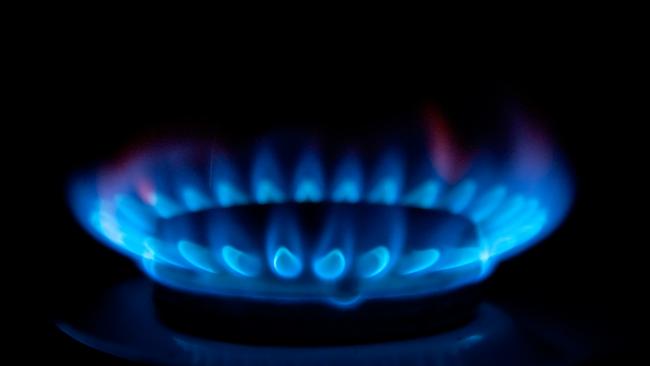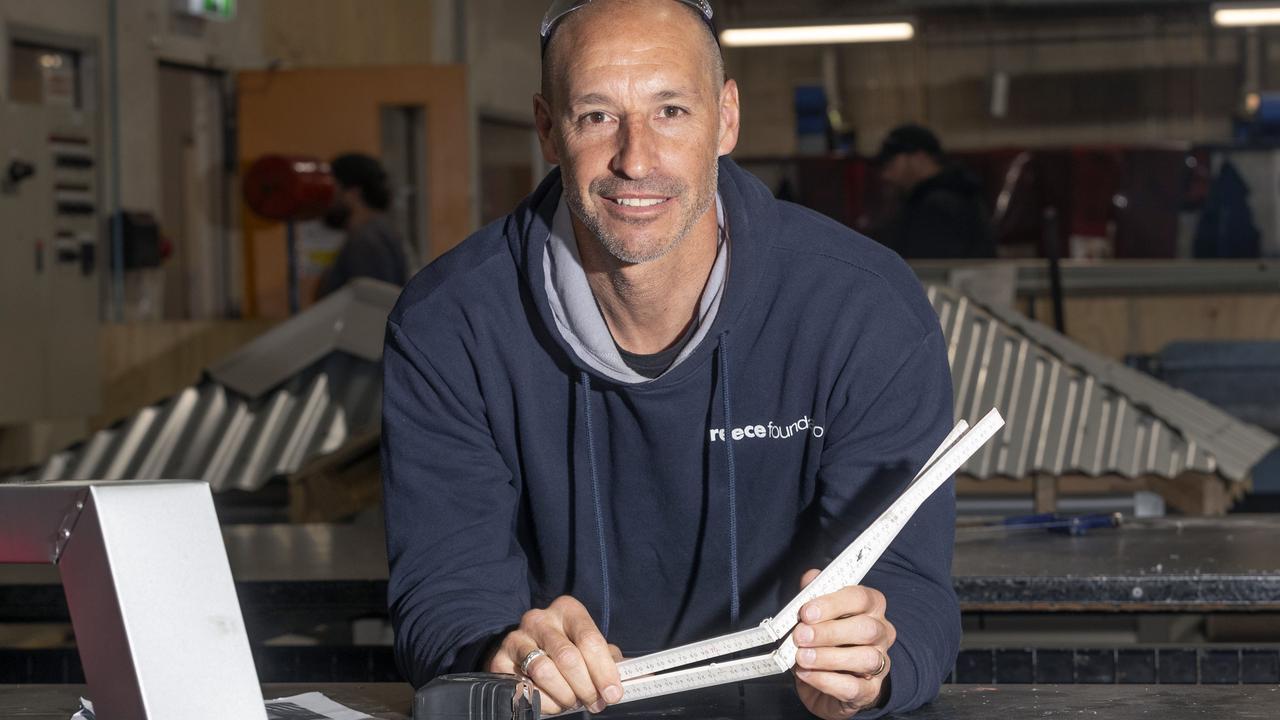Household gas bills set to soar by about $500 next year
Energy retail companies have revealed the looming whack Victorians are about to face on their household gas bills.

Victoria
Don't miss out on the headlines from Victoria. Followed categories will be added to My News.
Household gas bills are set to soar by about $500 for customers on basic contracts next year, delivering a crippling cost of living crunch.
Energy retail companies have advertised the looming whack on next year’s no frills contracts as between 16 and 38 per cent for residential customers.
Small businesses face an even bigger hit, with one second tier retailer warning of an incredible 68 per cent average hike to “standing offer” contracts next year.
While only about 168,000 Victorian homes are on these no frills contracts, which are effectively a default deal, the price spikes are an important indicator of how competitive market deals will also soar.
Social services groups say the full impact will be felt in winter when people crank up heaters again, and have urged people to shop around for the best deals.
Federal budget forecasts warned of gas price hikes of about 44 per cent over the next two years, while electricity prices are expected to soar 56 per cent over the same period.

Those forecasts have compelled the Albanese Government to consider sweeping interventions in Australia’s energy markets, including a potential gas price cap.
In January, gas prices for some of the top tier retail companies shot up between 7 and 16 per cent due to international turmoil and global price shocks, adding hundreds of dollars to Victorians’ current bills.
St Vincent de Paul Society policy manager Gavin Dufty said next year’s hip pocket pain would be significant and said: “it’s going to be an expensive winter in 2023”.
Mr Dufty said a 25 per cent increase to standing offer annual bills was about $500.
“It is a signal that high gas prices are now coming into household gas bills as retailers recontract,” he said.
“The full impact of this will be felt next winter when households crank up their space heating. When you get a letter or email notifying you of price rises shop around then, don’t wait.
“And if you are struggling with bills, get in touch with your retailer because they are obliged to offer support to households during this challenging time.”
The actual increase to bills will depend on where customers live, and which tariff they have, but companies advertising price changes provide an average variation, which ranges from 16.2 per cent for Red Energy to 38 per cent for Alinta.
For small businesses, the biggest average hike was from Alinta at 68 per cent.
Two of the big three retailers in gas, Energy Australia and AGL, have advertised residential hikes of 22-26 per cent.

Price hikes come as an Australian Energy Regulator report shows more vulnerable customers are struggling with cost of living issues, with people holding debt over $2500 for more than two years increasing by an alarming 39 per cent this year.
The report also found nearly half of those on energy hardship plans were not meeting repayments, with larger households wearing the brunt of bill shock.
Chair of the AER, Clare Savage, said simply switching from standing offers to market deals could save an average $193 saved in the electricity sector.
“Some customers have already faced double digit price rises of up to 20 per for electricity and 15 per cent for gas in this current financial year,” Ms Savage said.
The AER analysis showed customers on hardship programs typically consume up to 81 per cent more electricity than average households and low-income families are paying 1.2-3.7 per cent more of their disposable income to cover power costs.
“We encourage consumers to compare their energy bills using our free and independent
Energy Made Easy comparison website and make a switch to a better offer if one is
available,” Ms Savage said.
The state government’s compare.energy.vic.gov.au also allows for comparison of gas and electricity bills, and a $250 one-off payment to households.
Meanwhile, the gas industry is pushing back against the likelihood of the federal government imposing a cap on gas prices, believed to be a proposed $10 per gigajoule.
The current wholesale price is about $24GJ in Victoria.
A report commissioned by the Australian Petroleum Production & Exploration Association says price caps could discourage investment in generation.
“Price caps do not address the cause of high domestic prices – lack of new gas supply and volatility in demand from the electricity market with the transition to renewables,” the report says.
More Coverage
Originally published as Household gas bills set to soar by about $500 next year




